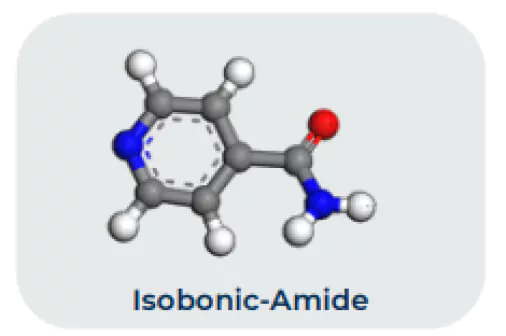Cysteamine is biologically present in human tissue
- The simplest aminothiol physiologically produced in human cells
- A high concentration of cysteamine is found in human milk
- Biocompatible and well tolerated



Hsu et al (2013) Journal of the American Accademy of Dermatology 68 (4,1) AB189, P6024
Mansouri et al (2015) British Journal of Dermatology 173 (1) 209-217
Kasraee (2017) 23rd International Pigment Cell Conference in Denver Co, USA
Goorochurn (2017) 26th Meeting of the EADV, Geneva, Switzerland
Farshi et al (2018) Journal of Dermatological Treatment, 29 (2) 182-189


Loading Locator Software...